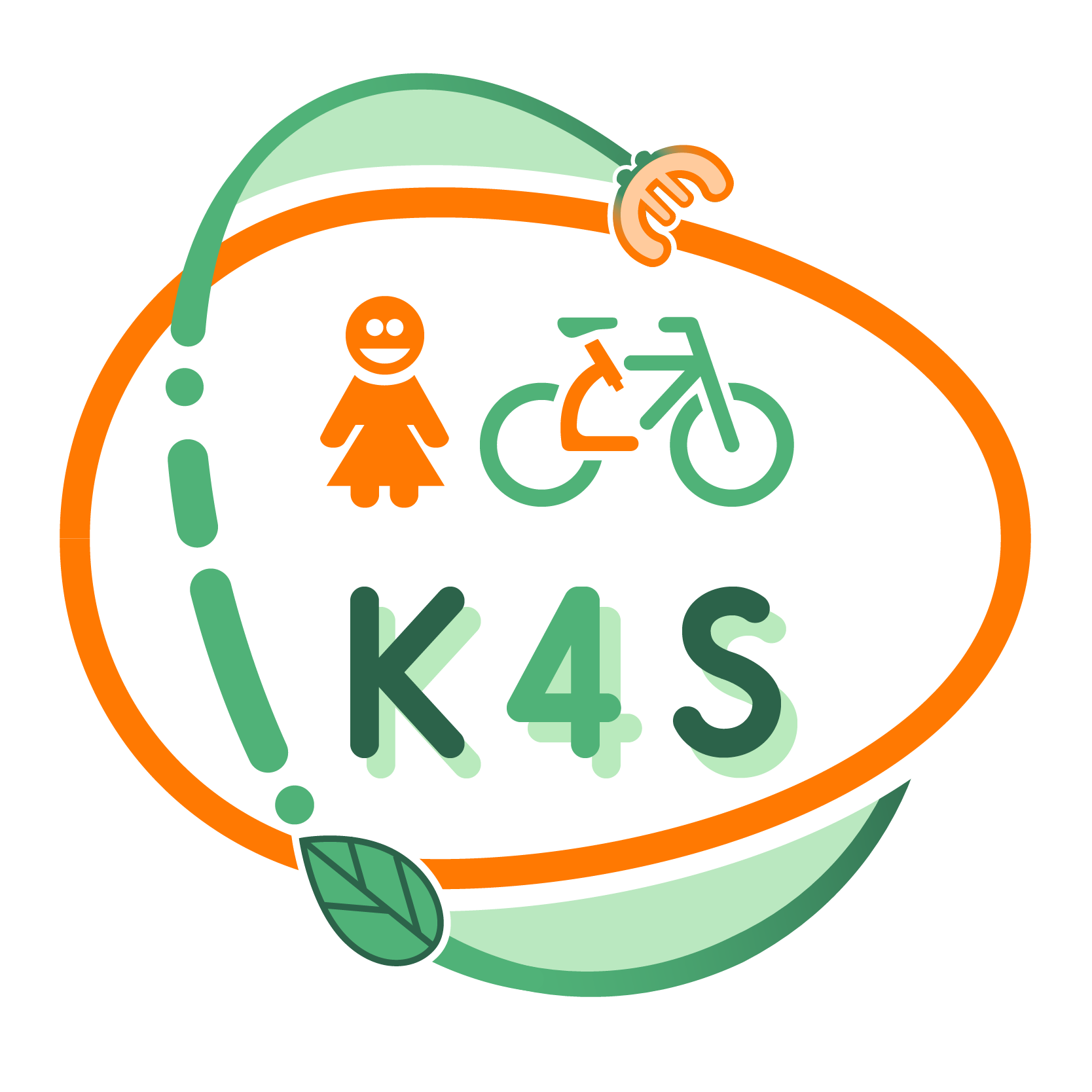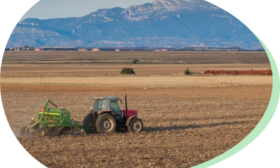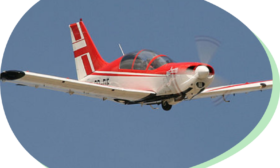LEARNING PATHWAY BASED ON SCIENTIFIC CONCEPTS
Earth – Amazing planet
Overall aims:
- Increasing children’s ecological awareness, introducing the concepts of: “environmental footprint” and gravity;
- Developing the ability to design rules for sustainable development;
- Developing normative competency – Creating educational opportunities to value human activities;
- Enriching knowledge of human activities on Earth;
- Developing the ability to understand and predict human activities;
- Developing knowledge about means of air transport;
- Constructing a paper model of an airplane;
- Developing hand-eye coordination.
Intended learning outcomes:
The child will be able to:
- Explain what living creatures (plants, animals, humans) need for life;
- Recognize natural ecosystems;
- Design the principles of environmental protection;
- List the “traces” humans leave on the Earth;
- Explain in his own words the concept of “environmental footprint”;
- Explain why items fall down and planes fly.
Evaluation:
Initial – activating prior knowledge of life on planet Earth, traces humans leave, and other elements of content covered in the learning pathway
Ongoing – observing children’s activity and engagement/ motivation/ interests during workshops
Final – summary conversation in a circle about Earth as a planet and human activities which are useful/ beneficial/ harmful for the planet’s life
Pathway structure
Stage I – ecological and economical pillar
Exploring the life conditions created by planet Earth for humans.Understanding why living creates need each other to survive, how different ecosystems are interrelated. Developing the understanding how we – humans can take care of our unique green planet.
- Earth – our common home!– Increasing children’s awareness and knowledge of environmental protection. Developing the ability to jointly create rules for sustainable development
Stage II – sociocultural and ecological pillar
Building ecological awareness. Introducing the concept of „environmental footprint”, investigating what can we do to leave as little footprint as possible.
- What traces do we leave on Earth? – Reflection on the phenomenon of the environmental footprint
Stage III – ecological, economical and socio-cultural pillar
Experimenting with gravity. Exploring the force of gravity, the relation between the trajectory/ speed of falling down and objects’ weight/ mass. Using the knowledge about gravity in construction challenges: Constructing a simple parachute and paper planes.
- Why do objects fall to the ground? – Building children’s knowledge about gravity through experimentation
- Why does the plane fly? – Making a paper model of an airplane








